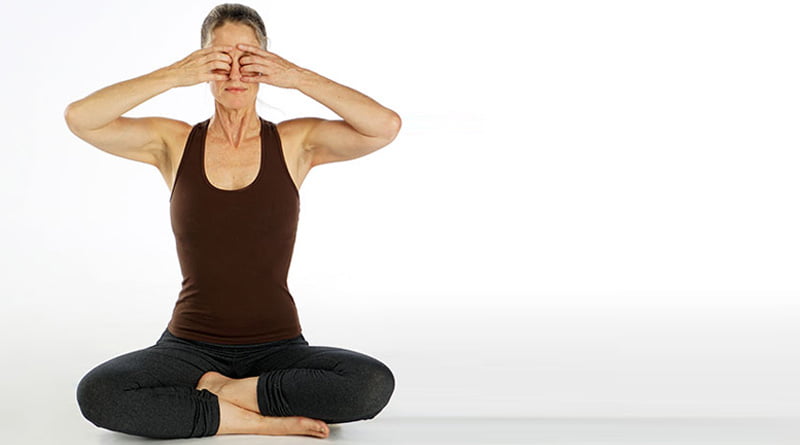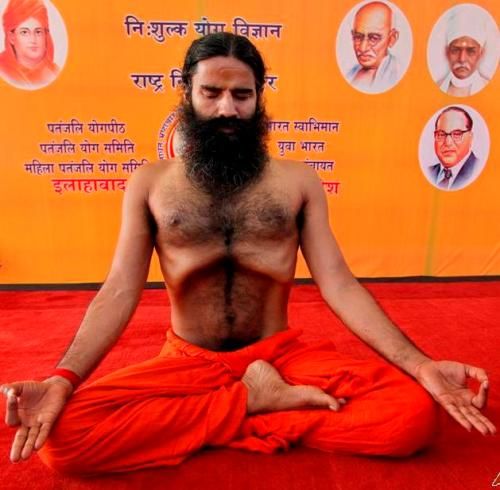Pranayama is a breathing practice that helps in relaxation and stress relief. However, for individuals who do not know the astonishing benefits of pranayama, let me tell you guys that it is a technique of breathing that fetches the spontaneous action under the human control.
The term Pranayama is derivative from 2 words including “Prana” and “Ayama”. As stated by the experts of Yoga asanas, “Prana” means life force or universal liveliness that is omnipresent and associates all the fundamentals of the creation together.
On the other hand, the word “Ayama” means the method of guiding, giving rhythm and stimulating to the energy force inside our body. Although the astonishing benefits of pranayama are unlimited, I attempt to assemble here a few benefits of Pranayama which you can avail by practicing regularly.

Table of Contents
How to Practice Pranayama
First of all, sit on the floor and straighten the waist and close your eyes. Try to sit in the Padmasan as it is the best, but Siddhasan or Vajrasana is also fine if you can’t do Padmasan
- Close the right nostril with your thumb with your right hand
- Take the breath from the left nostril
- Take the breath slowly – count down to five in mind
- The left hand should have hinges on the left knee, make this chin posture with this hand
- Now leave the right nostril, close the left nostril with the ring finger of the hand
- While calculating five, leave the breath in the left nostril
- Now breathe in the left nostril by counting up to five
- This is the sequence of one side completed
- Lift the finger from the right nostril, pause your breath momentarily, and then gently release it from the left nostril. Repeat this sequence accordingly.
- Make it 5 to 7 times. Start the ratio of 1: 1: 1 and 1: 2: 2 in the beginning. Gradually increase the practice of internal cobbler. Then do it in the ratio 1: 4: 2.
Keep in mind that the breath does not stop at all. Preventing breath is a much more difficult form of pranayama that you do not do at the beginning.
Recommended Articles :-
- 5 Best And Effective Yoga For Addiction Recovery
- Yoga For Mothers To Get Healthy Body After Baby’s Delivery
- All Detail About Ardha Halasana Or Half Plow Pose
- Shirshasana Steps, Benefits, Precautions Everything Is Here
- A Brief Note On Paschimottanasana Benefits
- Know In Detail About Baba Ramdev Kapalbhati

Source :- zliving . com
Benefits of Pranayama:
Here we have listed a few benefits of pranayama. Let’s check out the benefits of pranayama below:
- Pranayama improves the ability of the lungs to keep the lungs healthy and strong.
- Pranayama reduces blood pressure and removes cardiovascular diseases.
- Pranayama corrects the digestive tract.
- Pranayama condenses blood through the abundance of oxygen and improves brain function.
- Pranayama helps keep weight under control because the abundance of oxygen helps in reducing fat.
- Pranayama is the best means of reducing stress.
- Pranayama controls the function of the endocrine gland. When pranayama is practiced with the bond, and then controls the functions of these glands.
- Pranayama provides energy especially to the pituitary gland and the top gland.
- Pranayama reduces high heart rate and regulates blood flow.
- Pranayama strengthens the heart respiratory system. Training of pranayama helps the person easily stay in high places with an oxygen deficiency in the environment.
- Pranayama increases blood flow to the chest. Through excessive use of the internal pressure falling on the chest, liver and lungs coordinates the action of the bond during pranayama.
- Pranayama corrects the health of the entire nervous system, including the brain, spinal cord, nerve center and nerves, with increased oxygen.
- The daily activities of pranayama increase the concentration and stability of the brain. Pranayama helps in attaining stability of the mind and regulates mental disasters.
- Pranayama helps in holding the higher verbs of yoga, meditation and samadhi and leads toward spiritual growth.
- Pranayama shows the direction of prana and prevents us from doing unnecessary worldly activities.
The daily practice of pranayama leads to the control of the physical system, the stability of mental tendencies, and the deep perception of mind and body. This leads the person to awareness.




